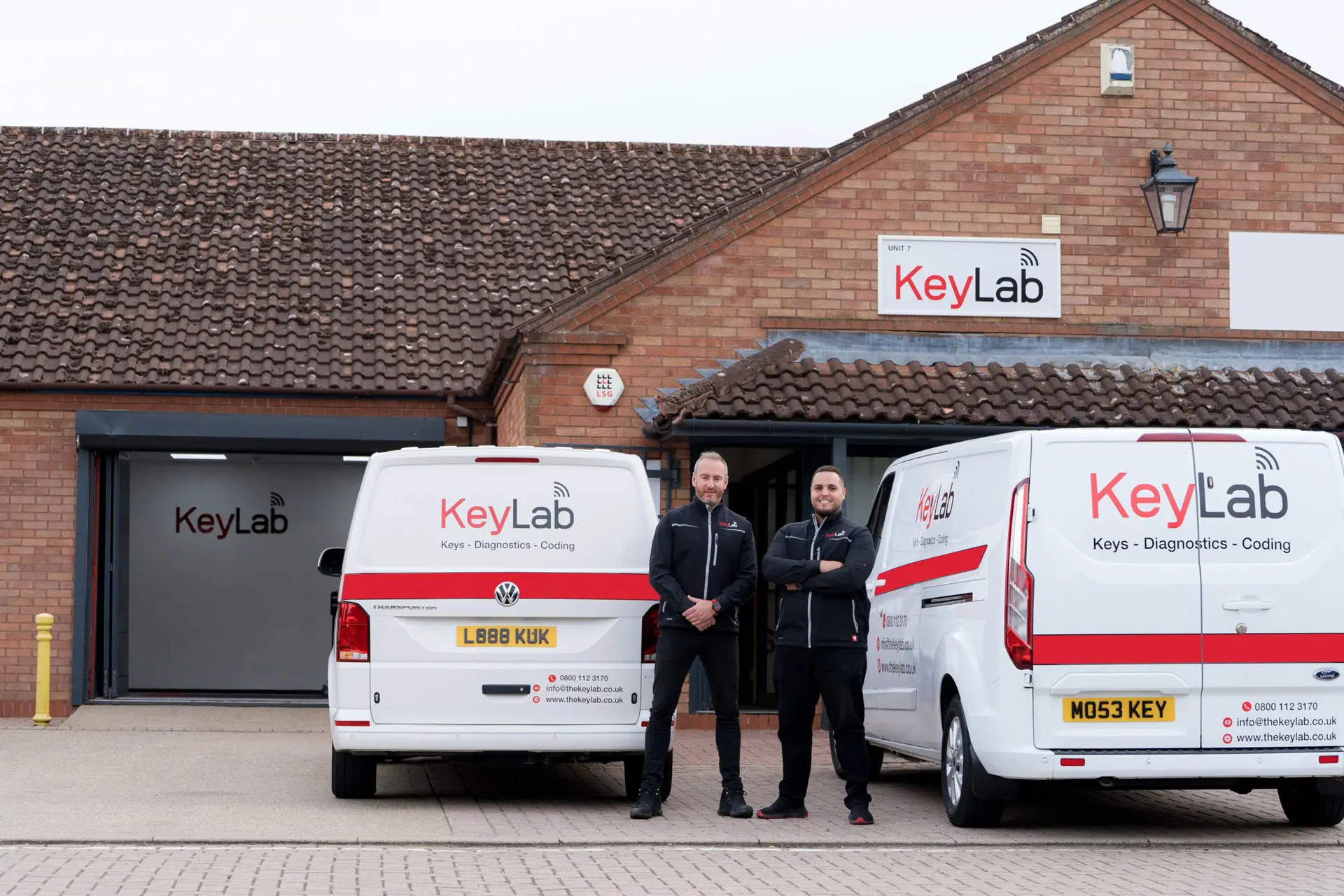Understanding Car Key Transponder Programming
In today's automotive landscape, the combination of innovative technology has actually become associated with vehicle security. One of the most significant improvements in this location is the intro of transponder keys. Car key transponder programming is an essential procedure that guarantees cars are protected from unapproved gain access to while offering convenience to owners. This post explores what transponder keys are, how they work, the programming process, and responses to some frequently asked concerns.
What is a Transponder Key?
A transponder key is a type of ignition key that includes a small embedded microchip. click the following webpage with the vehicle's immobilizer system. Transponder keys are created to enhance vehicle security by avoiding hot-wiring and unapproved engine begins.
Key Features of Transponder Keys:
- Embedded Microchip: Each key consists of a distinct code that represents the vehicle's ignition system.
- Immobilizer System: This system acknowledges the key's unique code and allows the engine to start only if the right key is utilized.
- Enhanced Security: Transponder keys are considerably more difficult to duplicate than standard keys, minimizing the risk of theft.
How Transponder Keys Work
Transponder keys operate on an uncomplicated principle of radio frequency identification (RFID). When the key is placed into the ignition or brought near the vehicle, the following sequence happens:
- Signal Transmission: The vehicle's ignition system sends out a radio signal to the transponder key.
- Code Response: The embedded chip in the key gets this signal, activates, and returns its distinct code.
- Confirmation: The vehicle's computer system confirms the gotten code. If it matches the kept code, the engine will start; if not, the engine remains immobilized.
Advantages of Transponder Technology:
- Improved theft avoidance.
- Convenience of keyless vehicle beginning (in some systems).
- Decreased expenses related to insurance premiums due to improved security steps.
The Car Key Transponder Programming Process
Programming a car key transponder is a crucial step that enables a new key to communicate with the vehicle's immobilizer system. The process can vary based upon the make and model of the car but normally consists of the following actions:
Steps Involved in Transponder Key Programming:
- Obtain a New Transponder Key: Owners must initially get a blank transponder key compatible with their vehicle.
- Access the OBD-II Port: For contemporary vehicles, programming typically requires an On-Board Diagnostics (OBD-II) scanner that connects to the OBD-II port.
- Switch on the Ignition: The ignition must be turned to the "On" position without beginning the engine. This enables the system to recognize that a brand-new key is to be programmed.
- Follow Programming Procedure: Depending on the vehicle, follow the particular programming actions supplied by the maker, normally outlined in the owner's manual. This may include pressing specific buttons in a particular order.
- Evaluate the Key: After programming, it's essential to evaluate the key by trying to begin the engine. If effective, the key is properly set.
Tips for Successful Programming:
- Consult a professional locksmith or dealership for intricate programming procedures.
- Guarantee battery levels in the key fob and vehicle suffice.
- Follow the directions carefully to avoid mistakes.
Common Issues with Transponder Key Programming
In spite of the relatively uncomplicated procedure, different concerns might occur during programming. Below are some typical difficulties:
- Key Compatibility: Using an incompatible key can result in programming failures.
- Faulty Equipment: A malfunctioning OBD-II scanner might prevent access to the programming menu.
- Weak Key Batteries: Insufficient power in the key fob can interrupt communication.
Frequently Asked Questions (FAQs)
1. Can I configure my transponder key myself?
While numerous cars enable DIY programming, some designs need specialized equipment or software application. If not sure, it's finest to consult an expert locksmith or your vehicle dealership.
2. What if I lose my transponder key?
If a transponder key is lost, it's recommended to call a licensed automotive locksmith or your car dealership for a replacement. They can set a new key based upon your vehicle's VIN (Vehicle Identification Number).
3. How much does it cost to configure a transponder key?
The cost varies widely, depending on the vehicle make and design, and whether you select to go through a dealer or a locksmith. Prices typically range from ₤ 50 to ₤ 150.
4. What occurs if my transponder key quiting working?
If your transponder key quiting working all of a sudden, it might be due to a dead battery or issues with the vehicle's immobilizer system. It's advised to have both the key and the vehicle inspected by a professional.
5. How frequently should I change transponder key batteries?
Transponder key batteries need to be changed every 2 to 3 years, though this can vary based upon usage. Indications of a passing away battery consist of trouble starting the vehicle or the key fob not operating at all.
Car key transponder programming is a vital process for contemporary vehicle security and benefit. Comprehending how transponder keys function and how they are set can empower vehicle owners to manage their vehicle security effectively. As technology continues to evolve, remaining informed about these advancements will help owners safeguard their possessions and ensure their automobiles run smoothly.
Summary Table: Key Features of Transponder Keys
| Function | Description |
|---|---|
| Embedded Microchip | Contains a special code for vehicle identification |
| Immobilizer System | Avoids unauthorized engine begins |
| Enhanced Security | Difficult to duplicate compared to standard keys |
With improvements in technology, the significance of understanding and efficiently managing car key transponder systems can not be overemphasized. Boosted vehicle security not just safeguards your financial investment however also ensures assurance on the roads.

